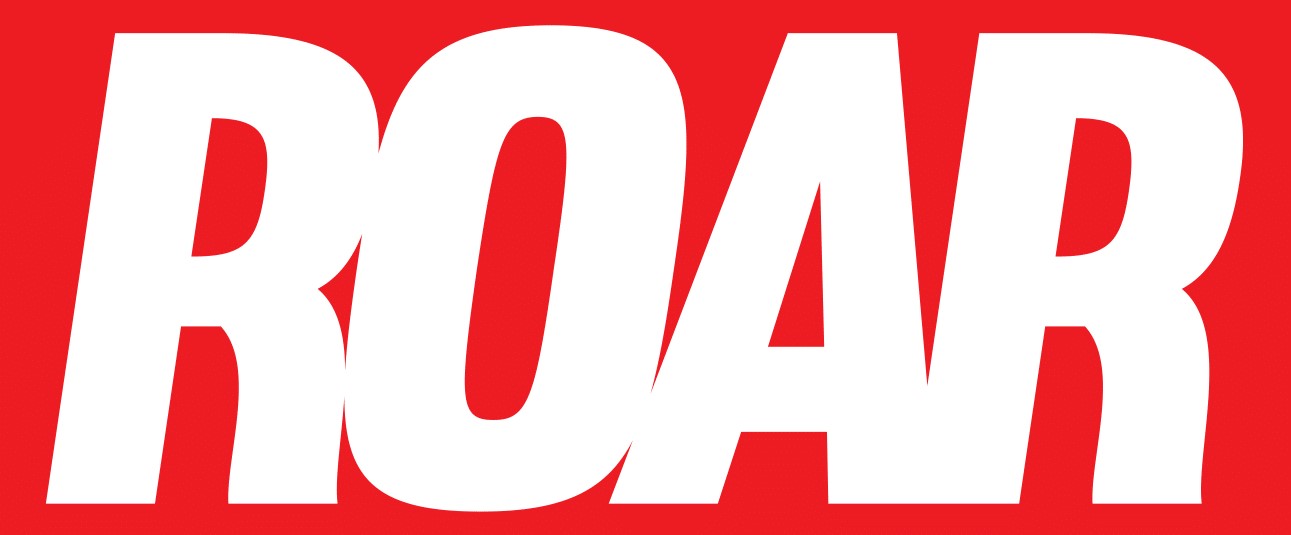Roar Staff Writer Patrick Schnecker discusses Romania’s upcoming election, identifying the main players, what they stand for, and what will happen if they triumph over their opponents.
In this ‘year of elections’ as more people than ever before go to the polls around the globe, Romania is certainly one of the countries to keep an eye on. This year, Romania will be simultaneously staging all four of its possible elections: presidential, parliamentary, local, and for the European Parliament. With the country’s political instability arguably at its worst in recent years, growing economic turbulence since the Russian invasion of Ukraine, rising polarisation as a result of rising extremism, and a worrying trend in governmental corruption, it would be safe to say that Romania’s political system has seen it all in recent years.
To put its hardships into context, the Romanian government has changed hands 13 times since 2014. Politicians from all regions of the political spectrum face the constant threat of the sack, and as a result, most party’s platforms change at a faster pace than the government itself.
Romania’s Political Scene
Romania is currently best defined by a multi-party system, with a growing number of parties gaining some representation within the Parliament. However, since the fall of the communist regime in 1989, the political landscape has been dominated by two main parties: the Social Democratic Party (PSD), currently led by Marcel Ciolacu, maintains a predominantly centre-left political ideology, while the rival National Liberal Party (PNL), whose leader is Nicolae Ciucă, is a centre-right party, balancing social conservatism with liberal economic policies.
Since 2021, the PSD and PNL parties have run the Romanian government in a national coalition. This coalition originally also included the Democratic Alliance of Hungarians in Romania (UDMR) until its withdrawal in 2023. While many analysts believed that this coalition would be the formula for achieving political stability in Romania, we have seen newly-founded opposition parties grow at a skyrocketing rate.
It is in this finely poised political context that one question has taken root inside Romania’s political consciousness: will 2024 be the year when political stability is finally achieved, or will it be a further wave of radical change and, consequently, further chaos within the country’s political environment?
Romania’s Flawed Pot of Gold
For the Romanian political system, 2024 is a decisive year. The encroachment of extremism could be halted or institutionalised for years to come.
Similar to many other European nations in the past few years, Romania has experienced the rise of a far-right party. The Alliance for the Unity of Romanians (AUR), whose abbreviation spells out the Romanian word for ‘gold’, is a far-right party that has risen to prominence by endorsing deeply conservative ideals. The party has sought to integrate Christian doctrine with extreme nationalism to garner the support of many socially conservative rural voters.
Founded in 2019, the AUR has seen its membership, as well as non-member supporters, rise drastically, with the 2023 polls putting its domestic support at 20% – a huge rise from 11% in May 2022. The leader of the far-right party, George Simion, has faced abundant criticism and accusations from his opposition. From being branded an antisemite and holocaust-denier, to being accused of working for the Russian secret service against Ukraine, since bursting onto the scene Simion has had his share of publicity.
Yet, the rising status of the AUR is a worrying sign for many Romanians. Historically, when a country adopts a more extremist ideology at a time of already-existing political insecurity, its citizens often pay the biggest price. This view is largely shared among Romanians, particularly the ones voting from within the country.
Following the 2020 Parliamentary election, which was the first time the AUR was listed on the ballot, its main source of support became evident – the Romanian diaspora. The party’s immense media presence – a pattern we often see with other extremist parties – was the main reason for its huge support outside of the country. Supposedly, this is a good example of ‘all publicity is good publicity’; Simion’s controversies and the party’s rapid rise to fame were enough to convince the Romanian diaspora that AUR was the best choice.
Another Case of Eastern European Populism?
Another concern for many, since the rise of the AUR, is that Romania would follow in the footsteps of many of its Eastern European neighbours. This trend is one of electing populists into office, followed by the rapid adoption of strict nationalist policies that lead to democratic backsliding.
Within Romania’s neighbourhood, Hungary and Poland serve as cautionary examples of the allure of populism. In Hungary, Viktor Orban’s party, Fidesz, has been in power for the past four elections. Despite numerous corruption scandals, Orban’s ambivalence toward the European Union (EU), and their traditional conservative views regarding LGBTQ+ rights, immigration, and, most recently, support of Ukraine, Fidesz is still dominating Hungary’s polls.
Should AUR further increase its presence in Parliament, as well as gather general electoral support – both in the country and in the Romanian diaspora – it could foreseeably adopt a similar strategy to Orban’s. At the moment, the PSD-PNL national coalition is the only major obstacle still in the way of the AUR’s success; the elections later this year will only prove whether Romania will choose to stick to their ‘safe choices’, in the longstanding PSD and PNL parties, or opt for a drastic shift in leadership, in the AUR.
A Podium of Instability
As it stands, Romania’s electorate this year will have to decide between instability and stagnation. With the three leading parties being the PSD, followed by the AUR, and the PNL polling third, 2024 will be a contest between business as usual and radical, destabilizing reform.
One main point of difference between the national coalition and the AUR is ideology. While the rising populists express clear ideological views that are deeply polarising amongst Romanians, the PSD and PNL lack a clear political identity. For the two veteran parties, it has been implied that their coalition will remain intact throughout this year’s elections. Yet, as noted in previous elections, a coalition between the two biggest parties (historically speaking) does not guarantee a sustainable government.
This could be pivotal in ensuring the success of Simion’s AUR. Should the AUR foreground the instability and political chaos that has plagued Romanian politics since the last elections, voters may decide to risk whatever balance remains in Parliament for an entirely new start with the AUR.
What is clear, though, is that the 2024 elections in Romania are a historic point in the country’s political landscape. Should the PSD-PNL coalition remain in power, voters will nonetheless push for a change from their current incrementalism to a more decisive brand of politics. Yet this would not necessarily imply a total rehaul of the coalition’s plans. The country’s relationship with the EU will continue improving and its ties with some of its closest allies will continue to grow.
Conversely, should the AUR achieve an unexpected victory, Romania will be guaranteed some of the most drastic social changes since the fall of communism. The government will certainly back an ideologically-driven legislative strategy, with the goal of entrenching the neo-legionary movement throughout the country. Yet change for the sake of change is not always desirable. Romania’s global stature would no doubt suffer if AUR is allowed to vent its Eurosceptic impulses.
Ultimately, this story will have one of two entirely different endings: Romanians will either pragmatically choose to maintain a government that, for better or worse, will avoid ramming through radical reforms, or they will vote based on their desire for major change, ignoring the extreme consequences that it may have.











